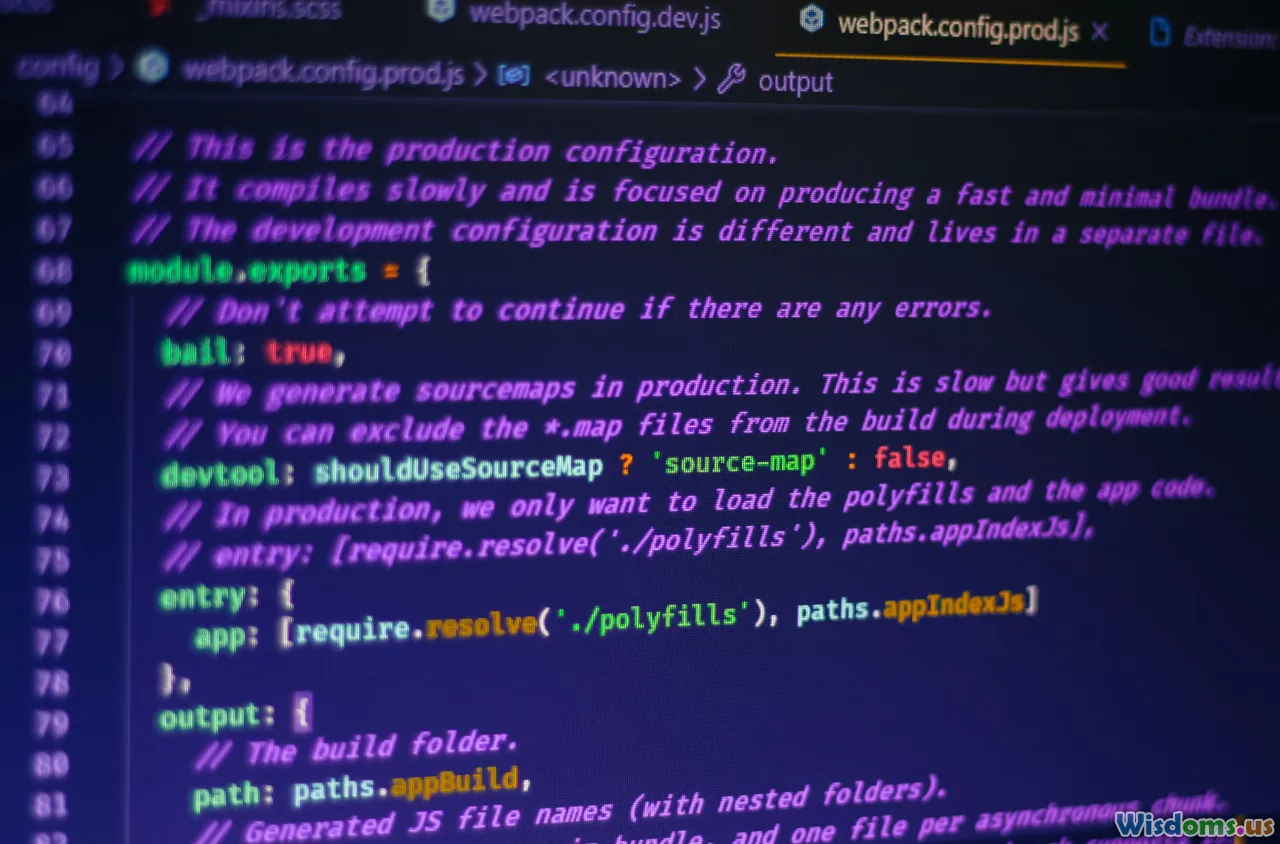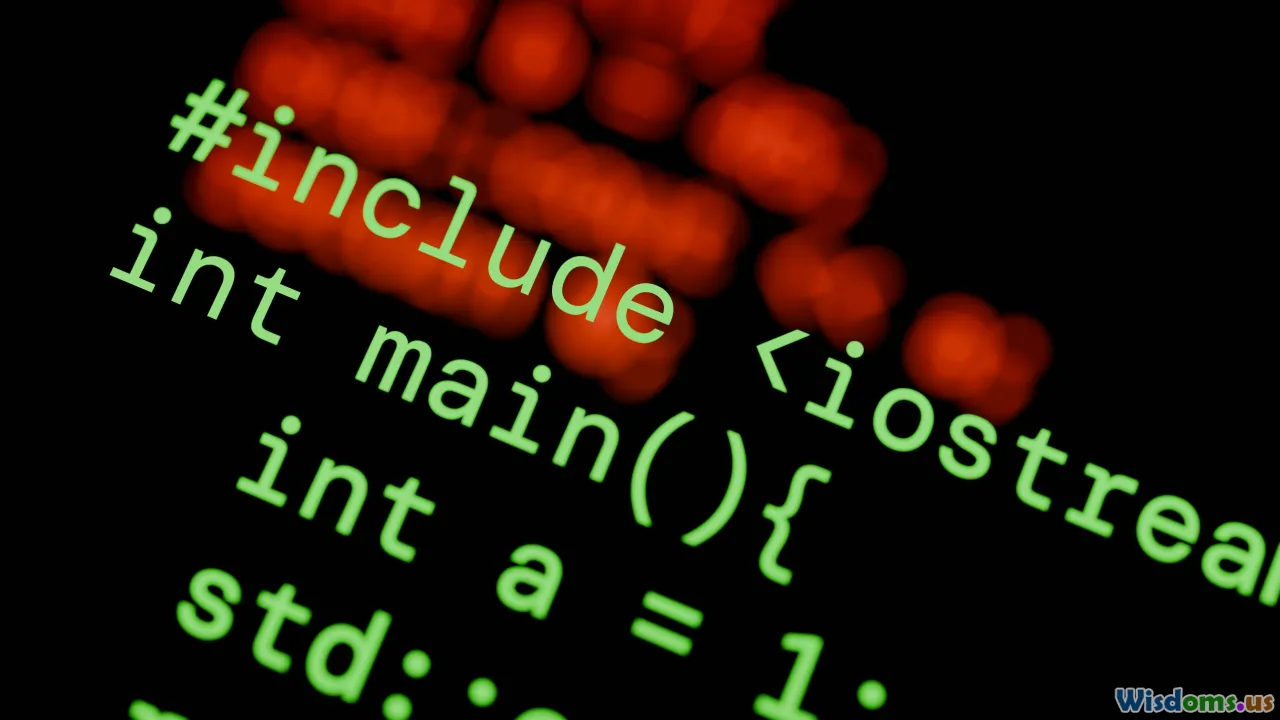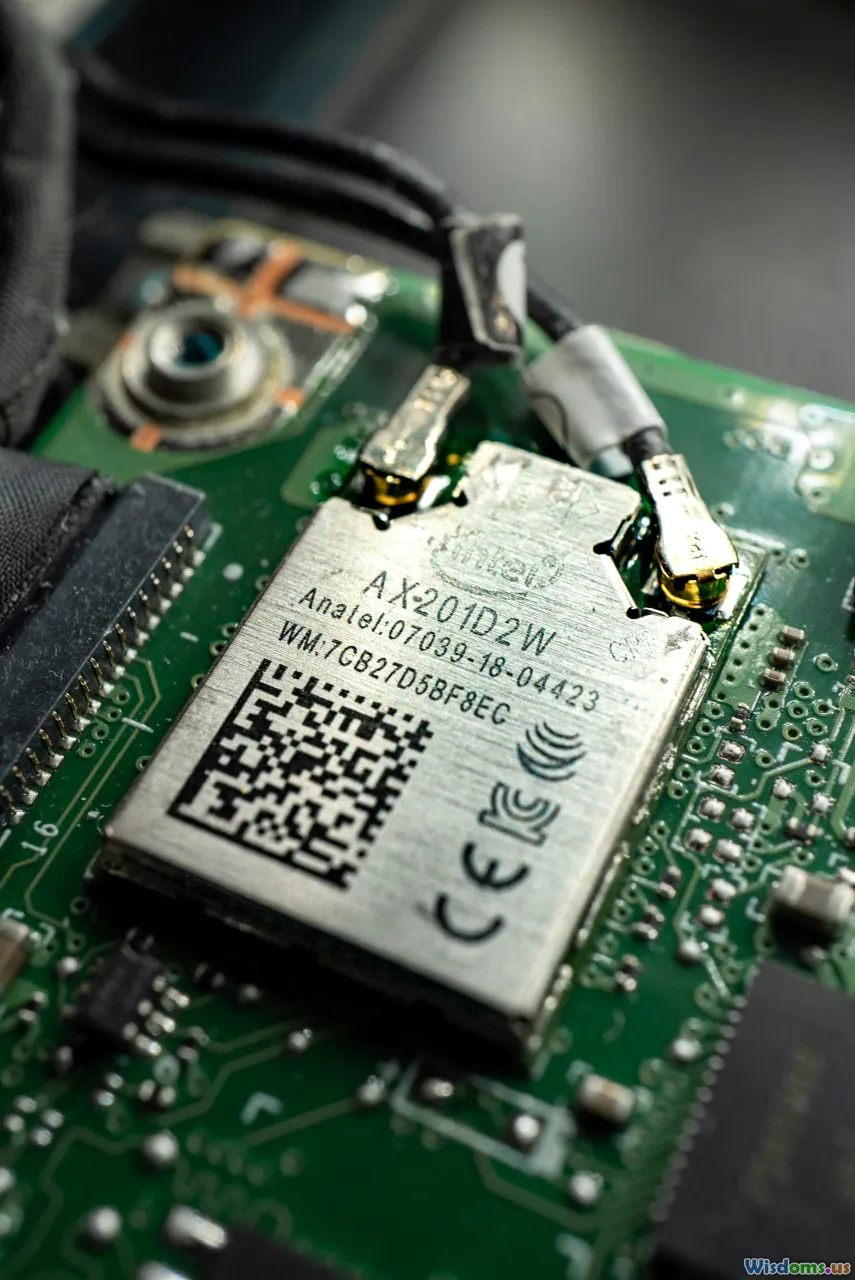
バッファオーバーフローの脆弱性を防ぐための防御的コーディングのヒント
(Defensive Coding Tips to Prevent Buffer Overflow Vulnerabilities)
10 分 読み取り ソフトウェア開発において、バッファオーバーフローの脆弱性を効果的に緩和する実証済みの防御的コーディング技術。 (0 レビュー)
バッファオーバーフロー脆弱性を防ぐ防御的コーディングのヒント
複雑なソフトウェア開発の世界では、たった一つの不注意なコーディング判断が壊滅的な結果を招くことがあります。何十年にもわたり、数え切れないセキュリティ侵害、権限の昇格、システムクラッシュの原因となってきたクラスの脆弱性であるバッファオーバーフローほど、混乱を招く欠陥はほとんどありません。これらはCやC++のような言語で書かれたネイティブコードに最もよく潜みますが、さまざまな文脈で脅威は存在します。この記事は、規律ある防御的コーディングの実践を用いてバッファオーバーフローを防ぎたい開発者のための、堅牢なガイドとして機能します。
Know Your Enemy: What Are Buffer Overflows?

根本的には、ソフトウェアがメモリバッファの容量を超えるデータを書き込むときに、バッファオーバーフローが発生します。多くのプログラミング環境では特に自動的な境界チェックがない場合、このようなオーバーフローは隣接するメモリを破壊したり、実行経路を変更したり、コード注入の拠点を攻撃者に提供したりする可能性があることを覚えておいてください。歴史的には、Code Red、Slammer、さらにはマイクロソフトの複数のWindowsの脆弱性などといった有名なワームは、バッファ管理に関する単純なプログラミングミスに根を持つものとして追跡されています。
典型的な例
void unsafe_function(char *str) {
char buffer[16];
strcpy(buffer, str); // Danger! No bounds checking
}
ここでは、str が16バイトを超える場合、残りのデータが buffer を越えたメモリを上書きし、予測不能で(場合によっては危険な)挙動を引き起こします。
バッファオーバーフローがどのように現れるかを理解することは、強固な防御姿勢の最初の一歩です。
Choose Safe Programming Languages and Libraries

すべての言語がバッファオーバーフローを発生させるのを簡単にするわけではありません。可能な限り、強力なメモリ安全性を保証する言語を選ぶことを推奨します:
- Python、Java、Rust、Go: これらの現代的な言語は自動境界チェックまたはメモリ安全性機能を提供します。
- Rust は所有権と借用モデルを通じて、性能とメモリ安全性の両立を提供する点で特に注目に値します。2024年現在、セキュリティクリティカルなコードベースでの採用が進んでいます。
- CやC++を扱う場合は、
strncpy、snprintf、または C11 Annex K の境界チェック拡張ライブラリの安全なラッパー(strcpy_s、strncpy_s)といった、安全性を強調した標準ライブラリを厳格に使用してください。
実世界での採用
Mozilla が Firefox の重要なコンポーネントを Rust に書き換えたことで、メモリ安全性のバグが劇的に減少しました。同様に、Google の Chrome プロジェクトも新たなセキュリティ上重要なモジュールには「メモリ安全」な言語を採用しています。
Validate All Inputs: Never Trust the Source

検証されていないユーザー入力は、バッファオーバーフローの主な入口です。常に:
- 入力の長さと形式を検証してからデータをコピーまたは処理します。
- ネットワークやファイルI/Oの場合は、受信したデータの明示的な長さを常に使用します。
- 正規表現や状態遷移機を用いて入力の構造を強制します、特にプロトコルやファイルのパーサーにおいて。
例: Cでの安全な入力処理
#define MAX_NAME_LEN 32
char name[MAX_NAME_LEN];
if (fgets(name, sizeof(name), stdin)) {
name[strcspn(name, "\n")] = 0; // 改行を除去
}
ここでは、fgets がオーバランを防ぎ、長さは明示的にチェックされます。
自動化チェック
自動静的解析ツール(例: Coverity、CodeQL、Clang Static Analyzer など)はパイプラインの早い段階で入力検証の抜けを検出し、人為的なミスの機会を減らします。
Prefer Size-Limited Functions and Modern APIs

古典的な C の関数である strcpy、scanf、gets は、組み込みの境界チェックが欠如していることで有名です。常にそれらを、より安全でサイズ境界を持つ派生関数に置き換えてください:
strncpy、strncat、snprintfを、strcpy、strcat、sprintfの代わりに使用します。getsよりもfgetsを好みます(現代の C 標準からは完全に削除されています)。- C11 以降では、Annex K の
strcpy_s、strncpy_sを使用します。
例: 安全な文字列コピー
char dest[20];
strncpy(dest, src, sizeof(dest) - 1);
dest[sizeof(dest) - 1] = '\0';
ここで、strncpy は宛先がオーバーフローしないことを保証します。さらに安全性を高めるには、コピー後に熟練の開発者が明示的にターゲットバッファをヌル終端します。
Enforce Strict Bounds-Checking Logic

バッファオーバーフローは、しばしばオフバイワンのミスや一貫性のないバッファサイズ計算に起因します。以下の戦略を採用してください:
#defineやconst値を使って明確に制限を定義する。- 魔法の数値を使うのではなく、
sizeof()とマクロを用いてバッファサイズを計算する。 - ループ、コピー操作、配列の管理時に境界を強制する。
オフバイワンエラーの防止
for (i = 0; i <= MAX_LEN; ++i) { ... } // Wrong: should be < instead of <=
この一般的なエラーは、攻撃者に隣接メモリへの1バイトの窓を与えます。これは時にはエクスプロイトの原因となり得ます。警告を有効にしてコンパイルする(gcc -Wall など)は、これらの見落としを検出するのに役立ちます。
Leverage Compiler and OS Protections

ハードウェアおよびシステムレベルのセキュリティ機能は、たとえ完璧なコードを書いていても、追加の防御層です。利用可能な緩和策を常に有効にしてください:
- スタックカナリア(リターンポインタの上書きを検出)
- データ実行防止 (DEP/NX)(データ領域からのコード実行を防ぐ)
- アドレス空間配置のランダム化 (ASLR)(プロセスのメモリ配置をランダム化)
保護を有効にする
現代のコンパイラでは:
- GCC/Clang では
-fstack-protector-strongを使用 - 可能な場合は
-D_FORTIFY_SOURCE=2を有効化 - ASLR のために
-pieと-fPIEでコンパイル
Linux や Windows のようなオペレーティングシステムはこれらの機能をシステムレベルで提供しますが、これらの防御を享受するには、コードを適切にコンパイル・リンクする必要があります。
Audit and Test Rigorously

No defense is strong if it's untested. Defensive coders embed buffer overflow testing into their workflow at multiple stages:
- Code reviews: Regular peer reviews catch unsafe patterns early.
- Static analysis: Tools like Coverity, Clang Static Analyzer, and CodeQL scan for vulnerable code.
- Fuzzing: Automated tools (like AFL, libFuzzer) inject random or malformed data to stress test code paths.
- Penetration testing: Security experts simulate real attacks to verify the robustness of defenses.
Case Study: Heartbleed Bug
The infamous Heartbleed vulnerability in OpenSSL was essentially a bounds-checking error in a heartbeat extension. Rigorous fuzz testing and audits would have caught the missing size check. Today, leading open-source projects such as Chromium and the Linux kernel maintain dedicated security teams to run continuous fuzzing and peer review.
Defensive Coding Patterns: Principles in Practice

It’s not just about individual fixes, but habits that pervade your coding style:
1. Prefer Encapsulation
Wrap buffer manipulations in functions that expose safe interfaces.
void set_username(char *dest, size_t dest_size, const char *username) {
strncpy(dest, username, dest_size - 1);
dest[dest_size - 1] = '\0';
}
2. Minimize Direct Buffer Manipulation
Abstract unsafe operations behind safer data structures (like STL containers in C++ or safe string APIs).
3. Assume Worst-Case Data
Always code defensively—never assume input is well-formed or ‘just right’ in length.
4. Consistent Code Reviews and Static Checking
Make it policy to require static analysis or at least thorough peer review for all code changes.
5. Document Buffer Sizes Clearly
Ambiguity is an enemy—write clear comments describing the intent, size, and limit of every buffer.
Practical Real-World Missteps—and How to Avoid Them

Case 1: Statically Sized Network Buffers
Many network-facing applications allocate fixed-size buffers for protocol processing. If an attacker sends a multi-byte payload exceeding expectations, and your code doesn’t enforce lengths, results range from subtle data corruptions to remote code execution.
Fix: Always parse incoming packet headers first to get size fields—then enforce sanity limits both on receipt and on processing.
Case 2: Environment Variables and Command-Line Arguments
If you copy these into small local buffers without checks, attackers can exploit your program at launch.
Fix: Use robust argument parsing utilities that enforce size and structure rather than rolling your own routines.
Embedded and IoT Coding: Special Concerns

Resource-constrained programming in embedded devices and IoT amplifies buffer overflow risks. Not only do developers reach for C/C++ for performance or size savings, but embedded runtimes may lack hardware memory protections common in desktops and servers.
Actionable Advice
- Use static analysis—tools like PC-lint, Cppcheck, or Splint specialize in finding low-level C bugs.
- Carefully review every external input path (e.g., radio, Bluetooth, serial ports) for size and type side-channels.
- Consider a defense-in-depth approach: deploy watchdog timers, use memory protection units (MPUs), and fail safely in case of error.
Cultivate a Security-First Culture

Buffer overflow prevention isn’t just a technical discipline; it’s a team mindset. Organizations that perform well:
- Make secure coding part of onboarding and routine training.
- Share lessons and incidents: when a bug is found, turn it into a teaching moment—rather than blame.
- Invest in ongoing education: keep teams current on vulnerabilities, exploitation techniques, and defenses.
- Reward careful, defensive coding practices in performance reviews.
What Lies Ahead: The Evolution of Safe Software

As programming languages and development frameworks continue to evolve, we’ll see safer software by design become a reality. Hardware manufacturers push for memory tagging and runtime safety checks at the silicon level. Compilers grow smarter—Clang and GCC already flag potentially hazardous patterns with new diagnostic features. Meanwhile, security-first languages like Rust inspire new approaches to systems programming.
There is still no field-tested panacea; buffer overflows will continue to challenge coders for decades. By following the best practices above and committing to a culture of persistent vigilance, you can ensure your code never becomes another headline in the history of software disasters. Defensive coding is not only a technical shield—it’s an investment in your reputation, users, and the future of secure technology.










